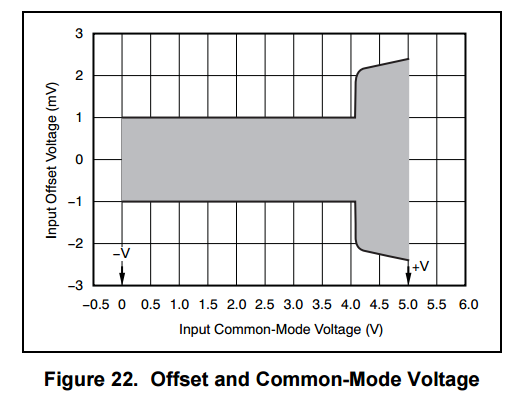I am looking for a cheap op-amp to use as an input buffer for an ECG application.
The difficult feature to search for is low Vpp noise in the range 0.05-150Hz. It is not listed in the standard "compare" parts feature of the TI website. The "Vn" column is not that helpful, since it is at 1kHz. For example, OPA333 has Vn 55nV/√Hz at 1kHz, but only 1.1 μVpp at 0.1-10Hz, while OPA314 has only Vn 14nV/√Hz at 1kHz but has 5 µVpp at 0.1-10Hz.
How can I search for such features, other than checking hundreds of datasheets manually?
How can I calculate the Vpp over the range 0.05-150Hz? The noise graphs don't usually go below 10Hz for some reason.
I certainly need a Vpp of less than 5 μVpp over the range 0.05-150Hz, and am really looking for something more like 1-2 μVpp.
Other highly desirable features include:
Rail-to-rail input and output
Low bias current
Low power
Suitable for 3V supply
TLC2274 has a low Vpp but input is only to 1.5V from positive supply, it drains a lot of current and requires 4.4V supply.
-
Ask a related question
What is a related question?A related question is a question created from another question. When the related question is created, it will be automatically linked to the original question.


